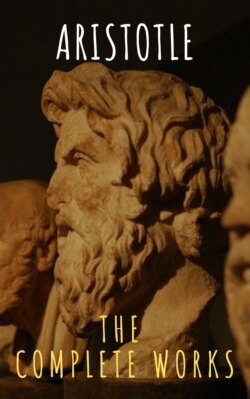Читать книгу Aristotle: The Complete Works - Aristotle - Страница 250
На сайте Литреса книга снята с продажи.
18
ОглавлениеInasmuch as a proper solution is an exposure of false reasoning, showing on what kind of question the falsity depends, and whereas ‘false reasoning’ has a double meaning-for it is used either if a false conclusion has been proved, or if there is only an apparent proof and no real one-there must be both the kind of solution just described,’ and also the correction of a merely apparent proof, so as to show upon which of the questions the appearance depends. Thus it comes about that one solves arguments that are properly reasoned by demolishing them, whereas one solves merely apparent arguments by drawing distinctions. Again, inasmuch as of arguments that are properly reasoned some have a true and others a false conclusion, those that are false in respect of their conclusion it is possible to solve in two ways; for it is possible both by demolishing one of the premisses asked, and by showing that the conclusion is not the real state of the case: those, on the other hand, that are false in respect of the premisses can be solved only by a demolition of one of them; for the conclusion is true. So that those who wish to solve an argument should in the first place look and see if it is properly reasoned, or is unreasoned; and next, whether the conclusion be true or false, in order that we may effect the solution either by drawing some distinction or by demolishing something, and demolishing it either in this way or in that, as was laid down before. There is a very great deal of difference between solving an argument when being subjected to questions and when not: for to foresee traps is difficult, whereas to see them at one’s leisure is easier.
<
div id="section19" class="section" title="19">
